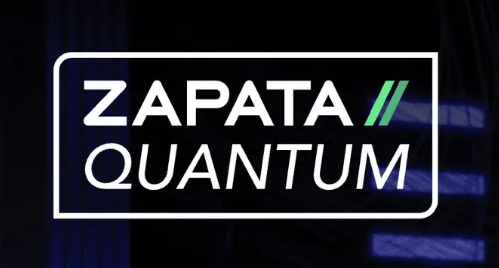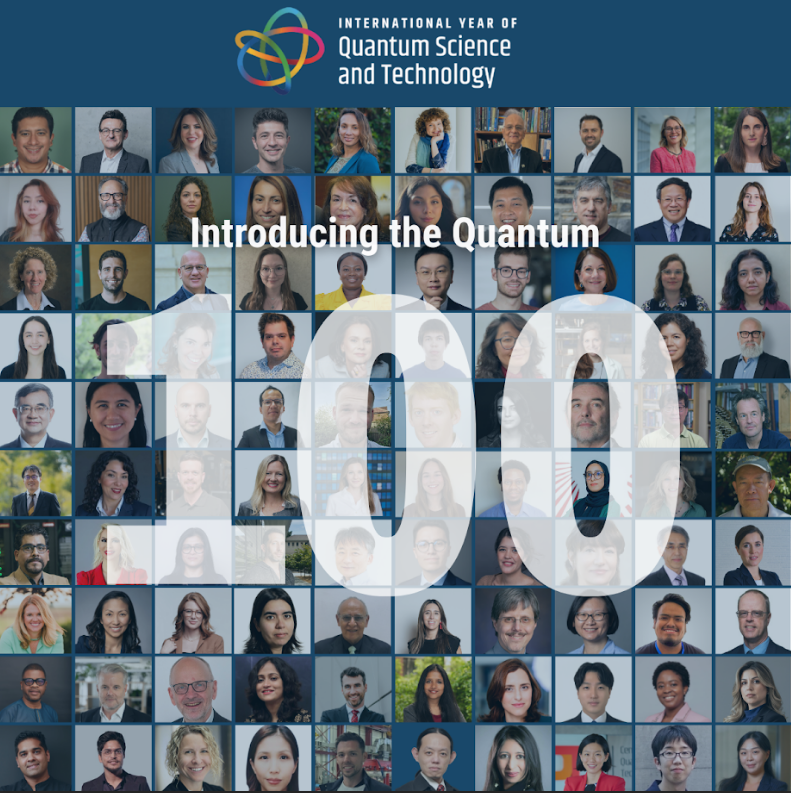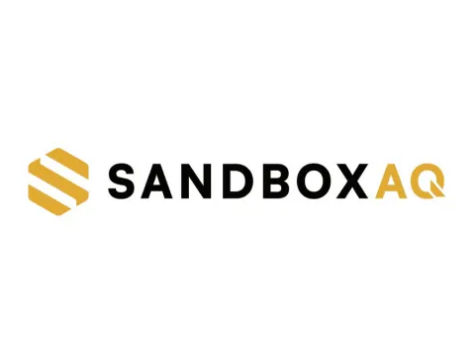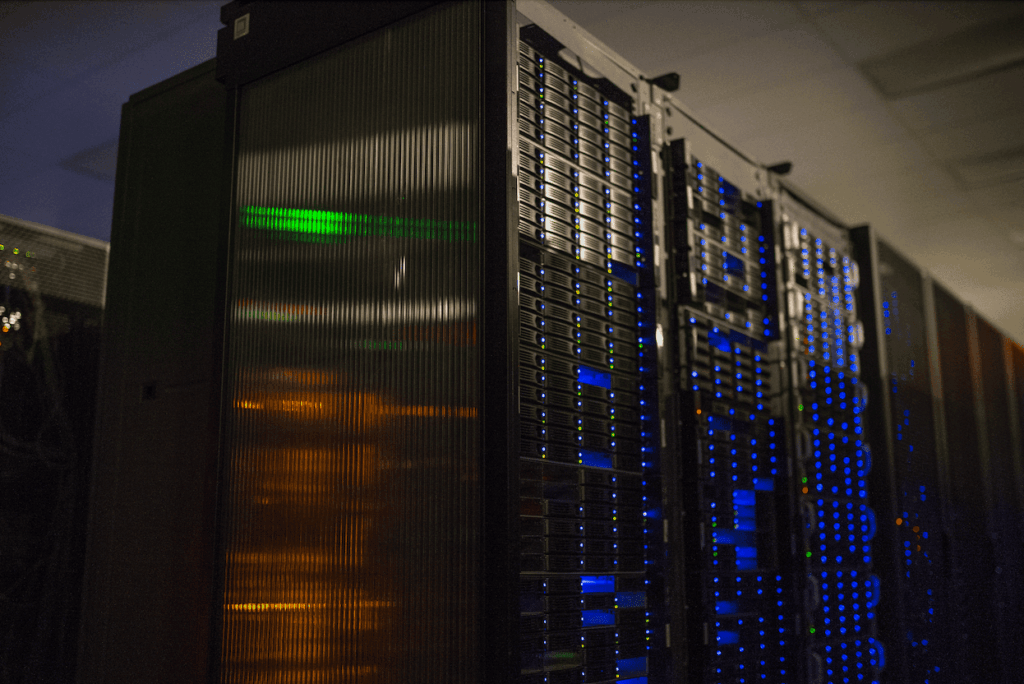Insider Brief
- Scientists and industry leaders convened at a workshop hosted by Pacific Northwest National Laboratory and Microsoft to chart a practical path for using quantum computers in real-world chemistry problems within the next three to five years.
- Participants identified co-design among algorithm developers, chemists, and hardware engineers, as well as integrated AI and high-performance computing workflows, as critical to making quantum calculations meaningful.
- The workshop emphasized the need for validated industry benchmarks, interdisciplinary training programs, and strategic selection of chemistry problems to demonstrate near-term quantum utility.
- Story by PNNL, Image by Ben Watson | Pacific Northwest National Laboratory
PRESS RELEASE — Quantum computing has arrived. Now, what do we do with it?
Scientists have argued for decades that a computer operating in the quantum realm is uniquely suited to solving complicated quantum chemistry problems. But which ones? When there are more than 100 logical qubits arrayed to tackle complex chemistry problems, how should that problem be chosen? And how will scientists interpret the output of such a calculation?
These big questions took center stage recently at an international workshop organized by the Department of Energy’s Pacific Northwest National Laboratory (PNNL) and Microsoft Corp. Building on decades of leadership in computational chemistry, PNNL is leading the application of quantum computing to real-world scientific problems through its multi-year partnership with Microsoft and other national laboratory, industry, and academic leaders.

To make meaningful progress, quantum computing and quantum chemistry leaders from across the globe gathered this spring to work through what it would take to make calculations on a quantum computer practical in the next three to five years.
“Success in this era will likely hinge on algorithm design and workflows, and importantly, fostering co-design between quantum algorithm developers, chemistry domain experts, and hardware engineers,” said Bo Peng, a PNNL computational scientist and workshop co-organizer. “This workshop brought together these groups for a focused and disciplined examination of where the opportunities for near-term success reside.”
Keynote speaker Nathan Baker, engineering lead for Microsoft’s quantum applications team, set the stage early by laying out the primary focus for the assembled group.
“What we know today is that the most powerful applications of quantum are going to come from algorithms that offer an exponential advantage over classical computing,” he said. “Quantum computing is fundamentally hybrid and will involve three technologies: high performance computing, artificial intelligence, and of course the reliable operation of qubits.”
“We need to understand which problems are practical on a high-performance computing system and which ones actually need to get handed over to a quantum computer either today or in the future,” he added.
Quantum utility
Meeting participants spent two days investigating how and when a quantum calculation could make a meaningful contribution to understanding a complex chemical system. Such an understanding could pave the way to meaningful predictions that solve complex problems in fusion energy, efficient chemical conversions, and a host of other benefits that meet pressing energy needs.
To get there, workshop participants outlined key near-term technical challenges and identified several chemistry and materials science candidates for near-term quantum computing solutions, summarized in a workshop report produced by the American Chemical Society.
After two days of discussion, several challenges remained, but several promising themes emerged:
- Meaningful progress hinges on co-design. The key will be meaningful collaboration of workspace and software developers with hardware designers, guided by the specific requirements of end users.
- Proving quantum utility will require benchmarks to be established for the industry. Workshop participants agreed that such benchmarks must provide opportunities for validation with experiments.
- Training a cross-functional workforce will help promote unified quantum computing as a discipline. Industry/academic/national lab co-fellowships and postdoctoral exchanges across fields should be established.
- Tiered workflows work best. Quantum computing will be accelerated by the integration of artificial intelligence and classical high-performance computing within cross-functional workflows. A tiered approach focuses expensive quantum resources on problems where classical methods are inadequate to handle the complexity. One such example is a recent development made by a research team at PNNL.
“We are confident that with the collaborative spirit and commitment to open science established during this workshop, we can achieve realistic quantum chemical simulations utilizing conventional processors comprising 25 to 100 logical qubits within the next several years,” Peng concluded.
The PNNL workshop organizers acknowledge the support of the Quantum Algorithms and Architecture for Domain Science Initiative (QuAADS), which is a Laboratory Directed Research and Development program at PNNL, and the organizational support from co-organizers at Microsoft Corp.

















